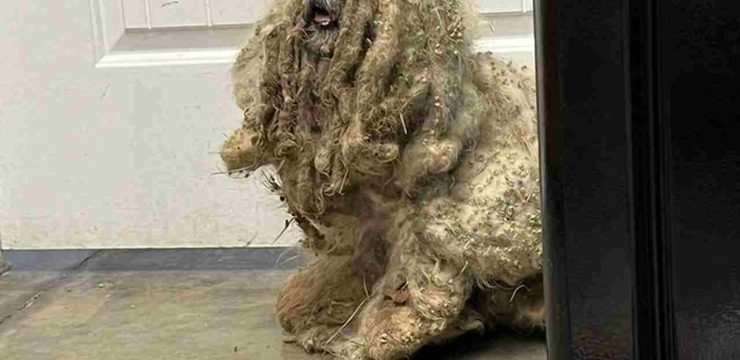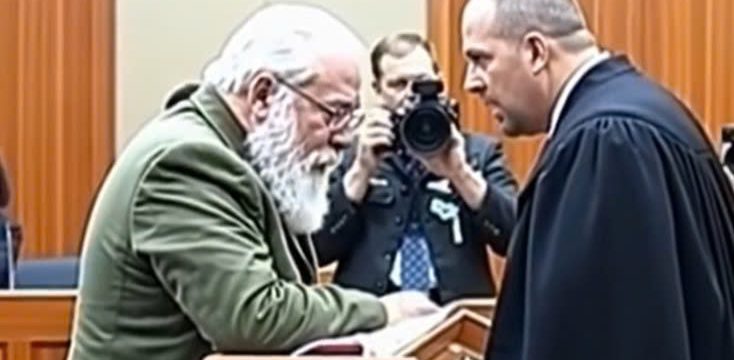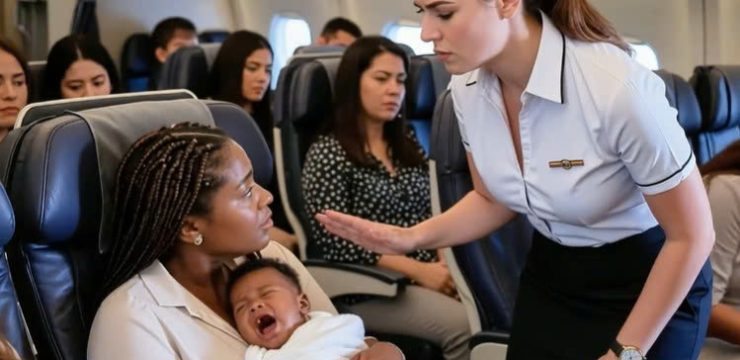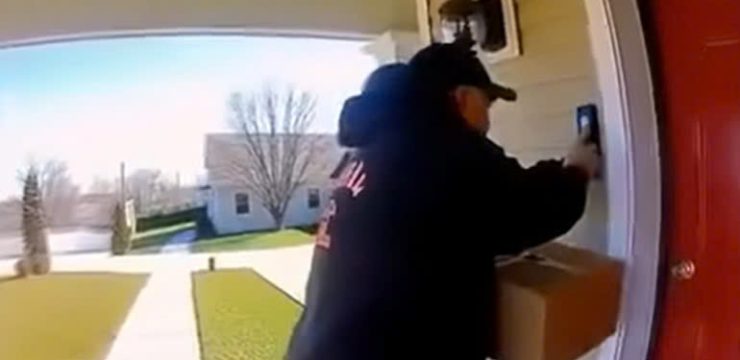What happens when you combine the effortless charisma of Henry Winkler with the wild, unpredictable energy of Michael Keaton? You get pure comedic gold! Night Shift (1982) wasn’t just Ron Howard’s directorial debut—it was the beginning of a cult classic. Winkler and Keaton’s electric chemistry lights up the screen, Shelley Long adds her irresistible charm, and if you look closely, you might even spot a young Kevin Costner in the chaos. But the real surprise? Shelley Long’s unforgettable “magic in the kitchen” moment. Ready to dive into the secrets behind this iconic film? Let’s get started!
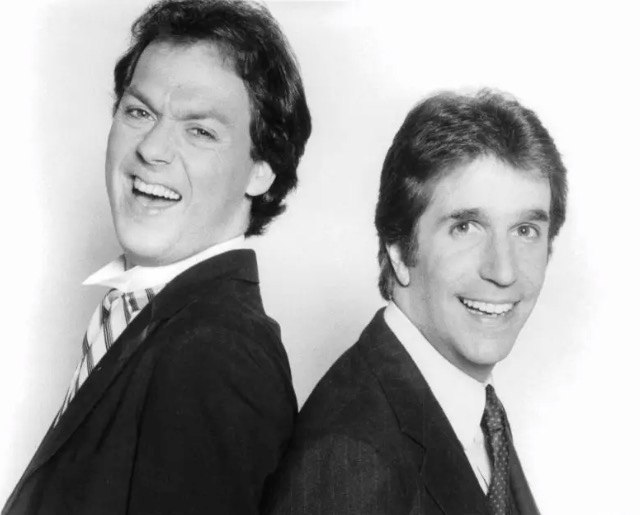
Set in a New York City morgue, Night Shift follows the unlikely partnership of Chuck Lumley (Henry Winkler), a mild-mannered night shift worker, and Bill Blazejowski (Michael Keaton), his eccentric, high-energy coworker. When the two stumble upon an unconventional business opportunity—turning the morgue into a base for a high-end escort service—they find themselves in a series of hilarious and unexpected situations. What makes this movie stand out isn’t just the clever humor, but the amazing chemistry between the three leads. Each character is incredibly likable, making the film even more enjoyable to watch.
Talking about Night Shift without mentioning Michael Keaton is impossible. Many people forget just how wild and crazy young Michael Keaton was, but this film is the perfect snapshot of him in the 1980s—goofy, energetic, and undeniably full of charm. Night Shift was Keaton’s breakthrough role and his first major starring part. At the time, he was practically unknown, having only appeared in minor comedies and the short-lived CBS series Report to Murphy. “I don’t know how many times I had to go back in and audition,” Keaton recalled. “It was just callback after callback after callback.”
In the end, Keaton managed to convince the writers and producers. With his fast-talking style, expressive face, and darting green eyes, Keaton was brilliant as Bill “Blaze” Blazejowski. His timing and energy were spot on. But another detail helped too: “I came along just at the time when the changeover from television to film actors was becoming possible,” Keaton later reflected on his rise to stardom. To get into character, he would crank up the volume and blast Bruce Springsteen’s “10th Avenue Freeze-Out” from the Born to Run album. On opening day, he recalls, “I purposely went to see it alone. I wanted to sit right there in the middle of the theater in the afternoon, and it was wonderful.”
Ron Howard really hit the jackpot when he cast Keaton. In scene after scene, Keaton upstaged the more seasoned Henry Winkler, who was already a TV star known for his role as “The Fonz.” Critics raved about Keaton’s performance, opening the door to Hollywood for him. But Keaton’s success might not have happened without Henry Winkler’s subtle yet invaluable support. “Henry was offered either part and he opted for the quieter one,” Ron Howard revealed. “Then he helped Michael steal the picture.”
Despite their onscreen chemistry, Winkler and Keaton never worked together again. Winkler admitted he initially wasn’t sure about working with Keaton. “The guy’s talented, but I don’t know if I’m comfortable working with him,” he said. Ron Howard reassured him that this unease mirrored the dynamic between their characters—Chuck was certainly not comfortable with Bill. That early tension added an authentic, off-balance texture to their onscreen relationship.
Many big names almost landed the iconic role of Bill Blazejowski. Kurt Russell, Mickey Rourke, John Belushi, Dan Aykroyd, Bill Murray, and even John Candy were all considered. “Lowell Ganz, one of the writers, had seen Michael work and said to me, ‘Keaton is going to be a star for somebody, and he might as well be a star for us,’” Ron Howard recalled.
Throughout Night Shift, Keaton’s natural comic genius is on full display. One of the best improvised moments happens when a blind man asks Winkler and Keaton for spare change, and Keaton writes the guy a check. Classic Keaton! Meanwhile, Ron Howard sneaks in a cameo as a saxophonist in the subway scene, and his brother Clint Howard makes an appearance as Jeffrey.
Kevin Costner makes a blink-and-you-miss-it appearance as a frat boy at the morgue party, and Shannen Doherty shows up in an elevator scene, delivering a single line. These little moments from future stars add extra fun to this quirky classic. And did you know Night Shift was the first place we heard the classic tune “That’s What Friends Are For”? Originally recorded by Rod Stewart for the soundtrack, it later became a massive hit when Dionne Warwick, Elton John, Gladys Knight, and Stevie Wonder covered it in 1986.
Shelley Long initially hesitated to play Belinda, a prostitute who teams up with Chuck and Bill. She was concerned about the role but ultimately embraced it after researching and perfecting her audition. Her portrayal was dubbed “the happiest, most wholesome hooker you’ll ever see on screen.”
One hilarious goof in the film involves Shelley Long’s character making breakfast. Chuck asks for scrambled eggs, but when she starts cooking, they’re clearly fried. Yet somehow, when she serves them, they magically turn into scrambled eggs!
Night Shift is packed with memorable moments, classic ‘80s comedy, and an unforgettable cast. The chemistry between Henry Winkler, Shelley Long, and Michael Keaton is pure magic, making it a story of unlikely friendships, personal growth, and finding connection in the most unexpected places. What’s your favorite moment from this ‘80s classic? Share this article with your friends and take a nostalgic trip back to one of the funniest films of its time!

